In the circuit shown in the figure, if potentail at point A is taken to be zero, the potential at point B is
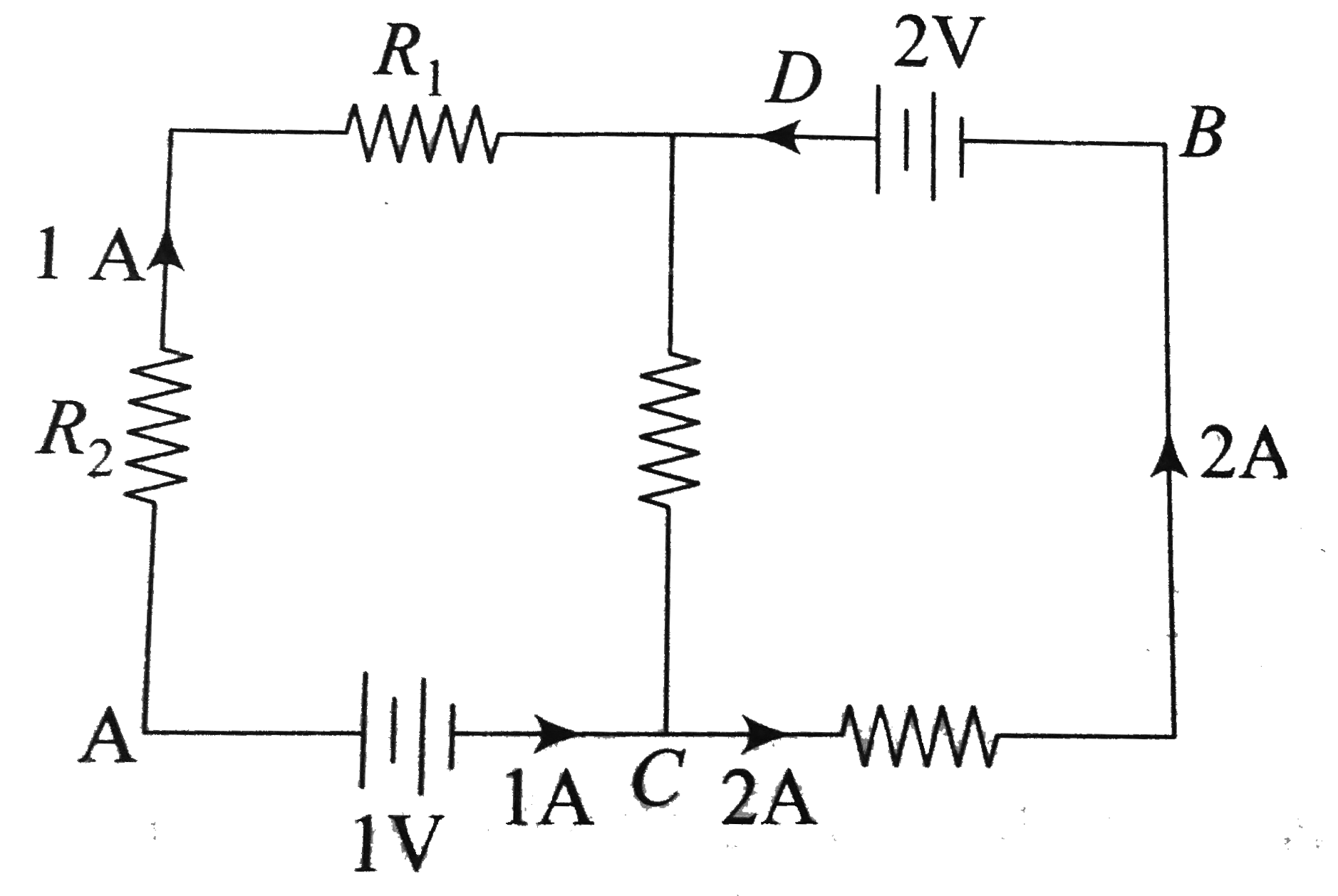 Solution in Gujrati
Solution in Gujrati
The correct Answer is:x2=v0t+m1m2A(1−cosωt),l0=(m1m2+1)A
The string snaps and the spring force comes into play. The spring force beings an internal force for the two mass-spring system will not be able to change the velocity of centre of mass. This means the location of centre of mass at time t will be v0t
xcm=m1x1+m2x2m1+m2=v0t
⇒m1[v0t−A(1−cosωt)]+m2x2=v0tm1+v0tm2
⇒m2x2=v0tm1+v0tm2−v0tm1+m1A(1−cosωt)
⇒m2x2=v0tm2+m1A(1−cosωt)
⇒x2=v0t+m1m2A(1−cosωt)
(b) Given that x1=v0t−A(1−cosωt)
∴dx1dt=v0−Aωsinωt
∴d2x1dt2=−Aω2cosωt ....(i)
This is the acceleration of mass m1. When the spring comes to its natural length instantaneously then d2x1dt2=0 and x2−x1=l0
∴[v0t+m1m2A(1−cosωt)]−[v0t−A(1−cosωt)]=l0
(m1m2+)A(1−cosωt)=l0
Also when d2x1dt2=0,cosωt=0 from (1)
∴l0=(m1m2+1)A
Topper's Solved these Questions
- CURRENT ELECTRICITYBOOK - ALLEN CHAPTER - CURRENT ELECTRICITYEXERCISE - EX.II
66 Videos
- CURRENT ELECTRICITYBOOK - ALLEN CHAPTER - CURRENT ELECTRICITYEXERCISE - EXERCISE-V A
20 Videos
- CIRCULAR MOTIONBOOK - ALLEN CHAPTER - CIRCULAR MOTIONEXERCISE - EXERCISE (J-A)
6 Videos
- GEOMETRICAL OPTICSBOOK - ALLEN CHAPTER - GEOMETRICAL OPTICSEXERCISE - subjective
14 Videos
Similar Questions
In the Bohr's model of hy drogen atom, the electron moves around the nucleus in a circular orbit of radius 5×10−11m. Its time period is 1.5×10−16s. The current associated with the electron motion is:-
View SolutionTwo metallic s pheres of radii R1 and R2 are connected b y a thin wire. If +q1~and+q_(2) are the charges on the two s pheres then
View SolutionA ball of mass (m)0.5kg is attached to the end of a string having length (L)0.5m. The ball is rotated on a horizontal circular path about vertical axis. The maximum tension that the string can bear is 324N. The maximum possible value of angular velocity of ball (radian/s) is -
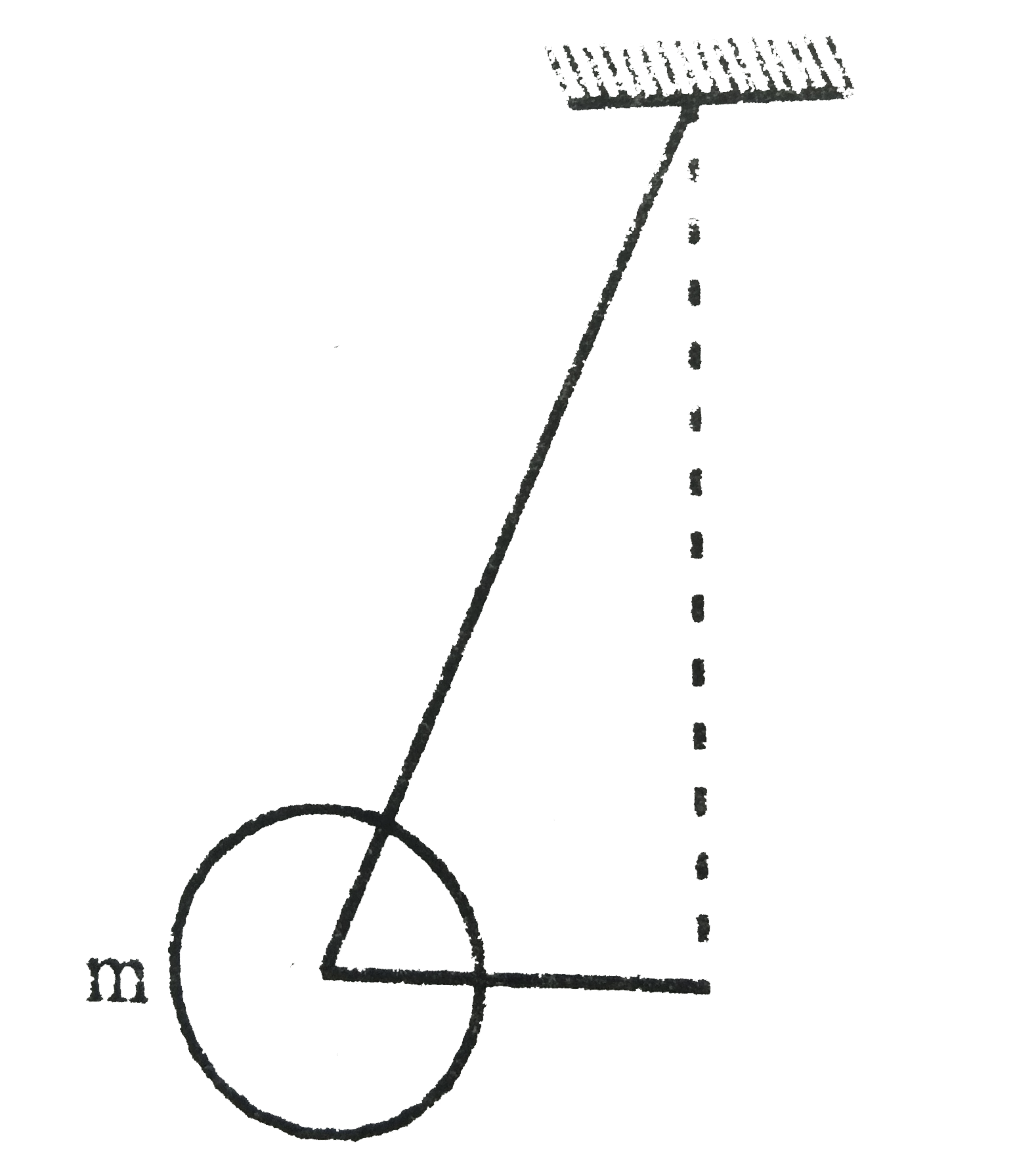 .
.
View SolutionA prism of refractive index n1 & another prism of reactive index n2 are stuck together without a gap as shown in the figure.The angle of the prisms are as shown. n1&n2depend onλ,the wavelength of light according to n1=1.20+10.8×104λ2&n2=1.45+1.80×104λ2 where λ is in nm.
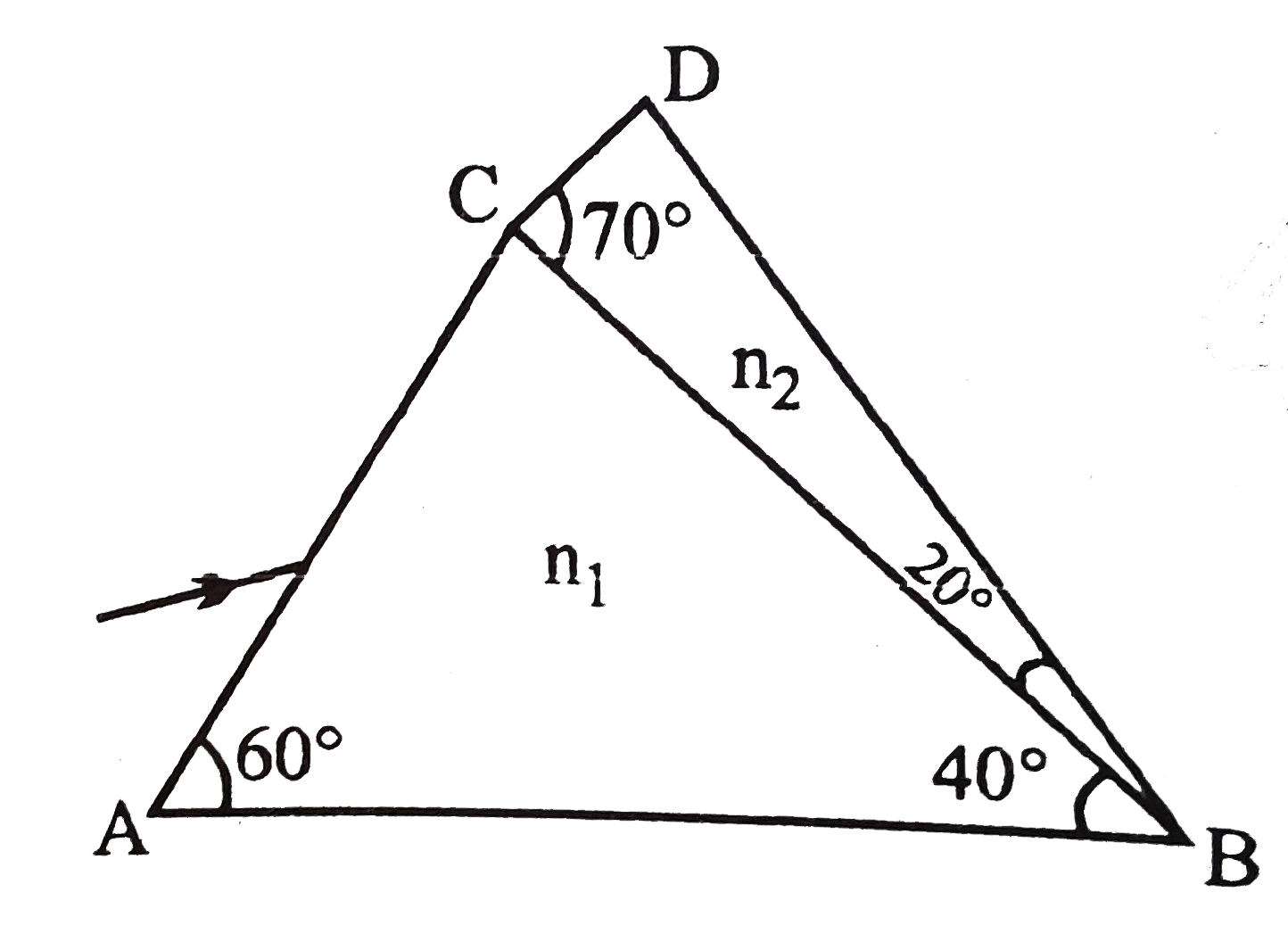
(i)Calculate the wavelength λ0for which rays incident at any angle on the interfaceBCpass through without bending at that interface.
(ii) for light of wavelength λ0,find the angle of incidencei on faceACsuch that the deviation produced by the combination of prism is minimum.
View SolutionIn the circuit shown in figure potential difference between the points A and B in the steady state is

View SolutionIn the circuit shown, the point B is earthed. The potential at the point 'A' is
View SolutionIn the circuit shown in the figure, if potentail at point A is taken to be zero, the potential at point B is

View SolutionIn a circuit shown in the figure, what is potential of point A?

View SolutionIn the given circuit the potential at point B is zero, the potential at points A and D will be

View SolutionIn the circuit it shown in the figure, the value of Resistance X, when potential difference between the points B and D is zero will be
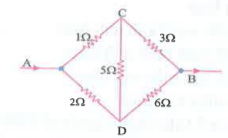
View Solutionचित्र में दिखाये गये परिपथ में बिन्दु B और D के मध्य विभवान्तर शून्य होने के लिए प्रतिरोध X का मान होगा :
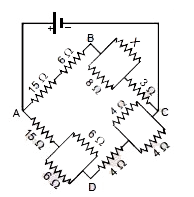
View SolutionIn the given circuit the potential at point B is zero, the potential at points A and D will be

View SolutionWhat is the potential difference between the points A and B in the circuit diagram shown in figure ?
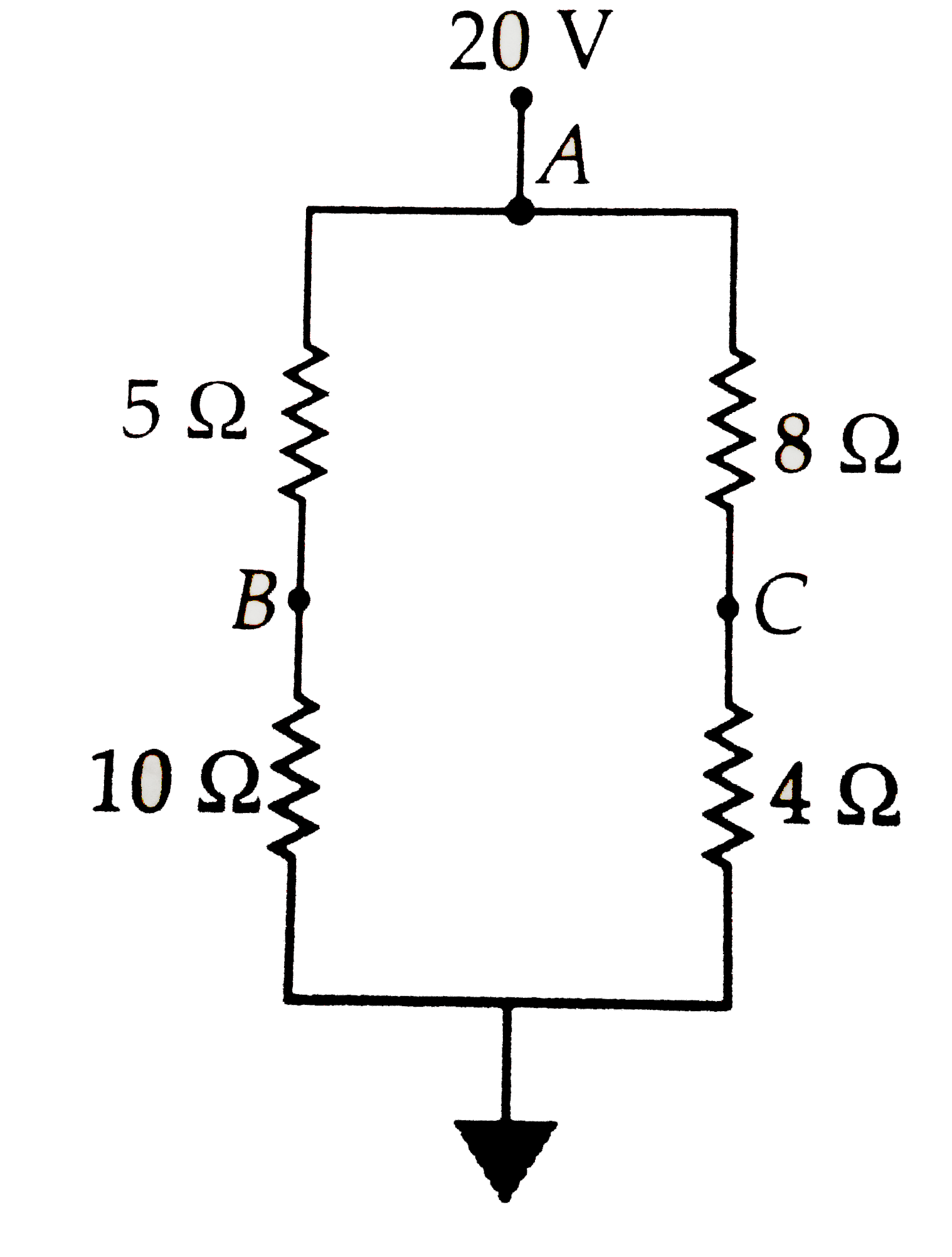
View SolutionIn the circuit shown in the figure, the value of Resistance X, when potential difference between the points B and D is zero will be
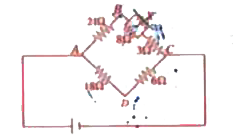
View SolutionIn the circuit shown in the figure, if potential at point A is taken to be zero, the potential at point B is
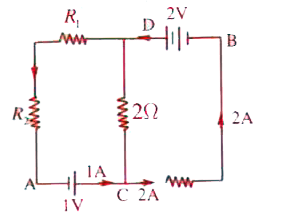
View SolutionIn the circuit shown in the figure, if the potential at point A is taken to be zero, the potential at point B is
View Solution
